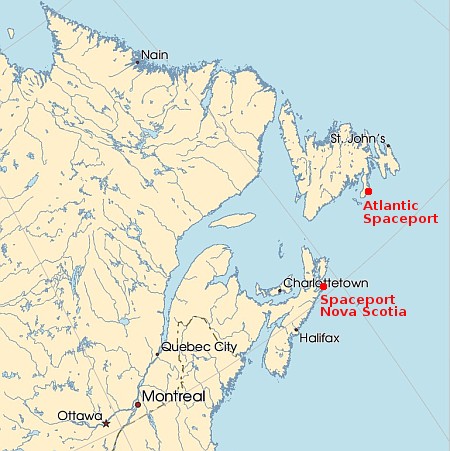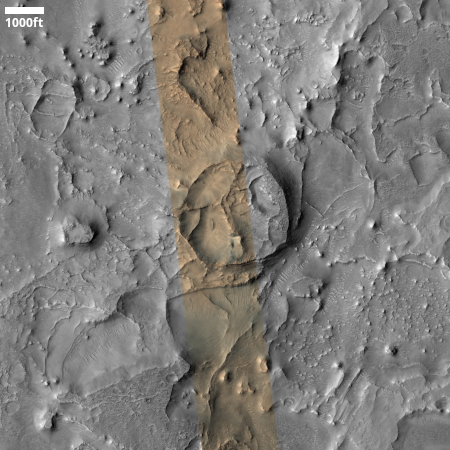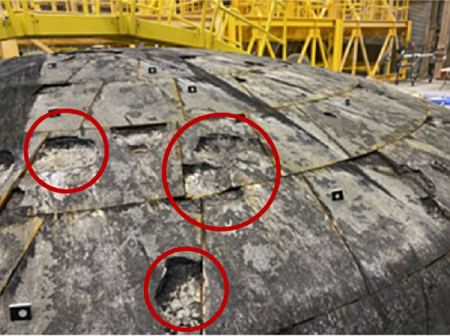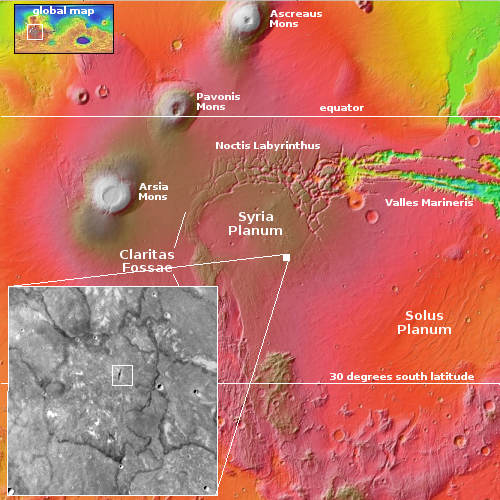Japan launches a new upgraded version of its HTV cargo freighter
Japan today (October 26th in Japan) successfully launched to ISS a new upgraded version of its HTV cargo freighter, its H3 rocket lifting off from its Tanegashima spaceport in southern Japan.
The HTV-X1 carries more than freight. After its cargo is unloaded at ISS it will spend an additional three months flying independently in orbit, where engineers will conduct three additional experiments. JAXA, Japan’s space agency, hopes it can market HTV-X1 for use by the commercial space stations presently being developed. It is also marketing it as a potential orbital capsule that others can use for in-space manufacturing.
This was only the third launch by Japan in 2025, so there is no change to the 2025 leader board:
138 SpaceX
64 China
13 Russia
13 Rocket Lab
SpaceX now leads the rest of the world in successful launches, 138 to 106.
Japan today (October 26th in Japan) successfully launched to ISS a new upgraded version of its HTV cargo freighter, its H3 rocket lifting off from its Tanegashima spaceport in southern Japan.
The HTV-X1 carries more than freight. After its cargo is unloaded at ISS it will spend an additional three months flying independently in orbit, where engineers will conduct three additional experiments. JAXA, Japan’s space agency, hopes it can market HTV-X1 for use by the commercial space stations presently being developed. It is also marketing it as a potential orbital capsule that others can use for in-space manufacturing.
This was only the third launch by Japan in 2025, so there is no change to the 2025 leader board:
138 SpaceX
64 China
13 Russia
13 Rocket Lab
SpaceX now leads the rest of the world in successful launches, 138 to 106.











